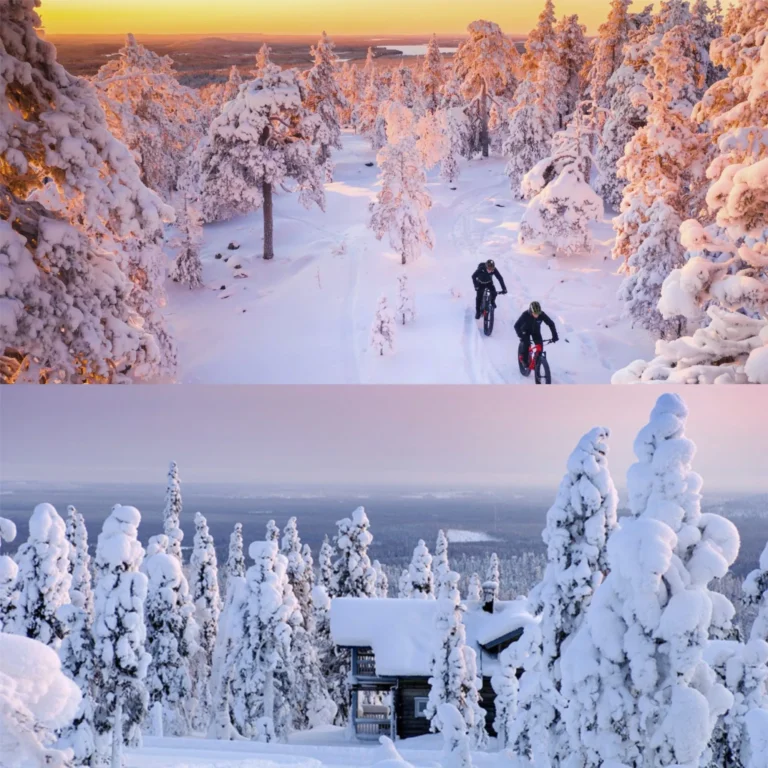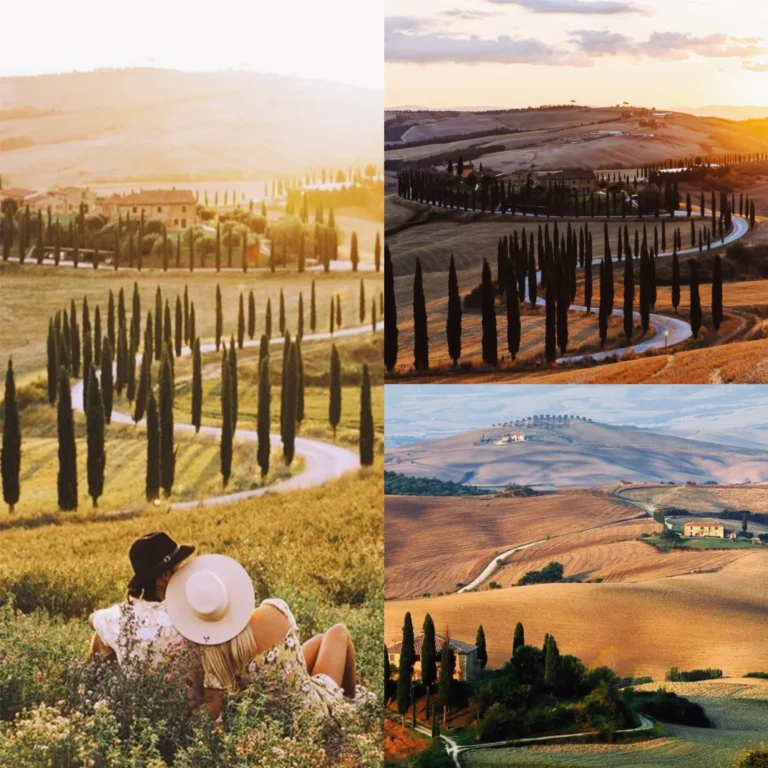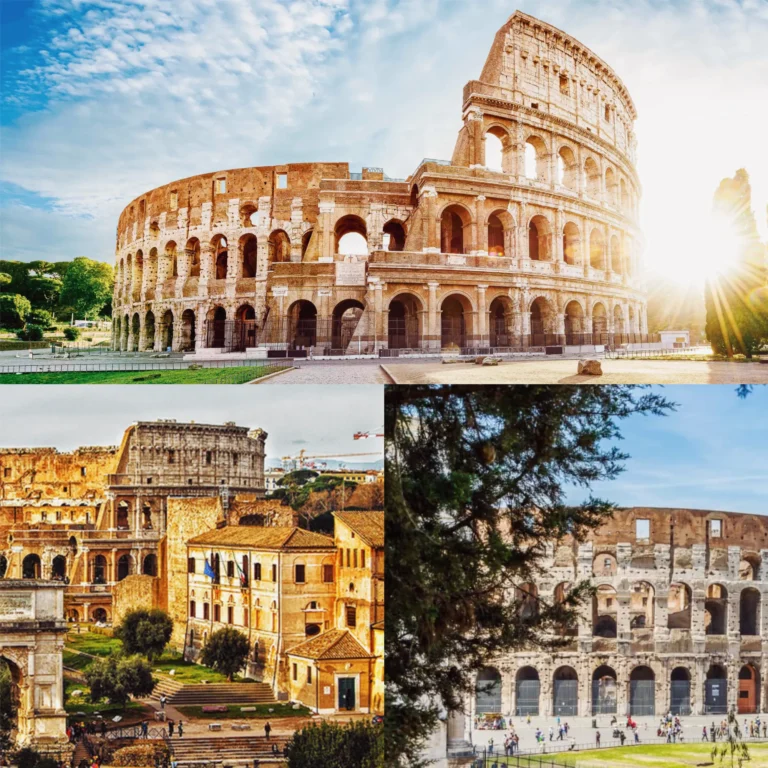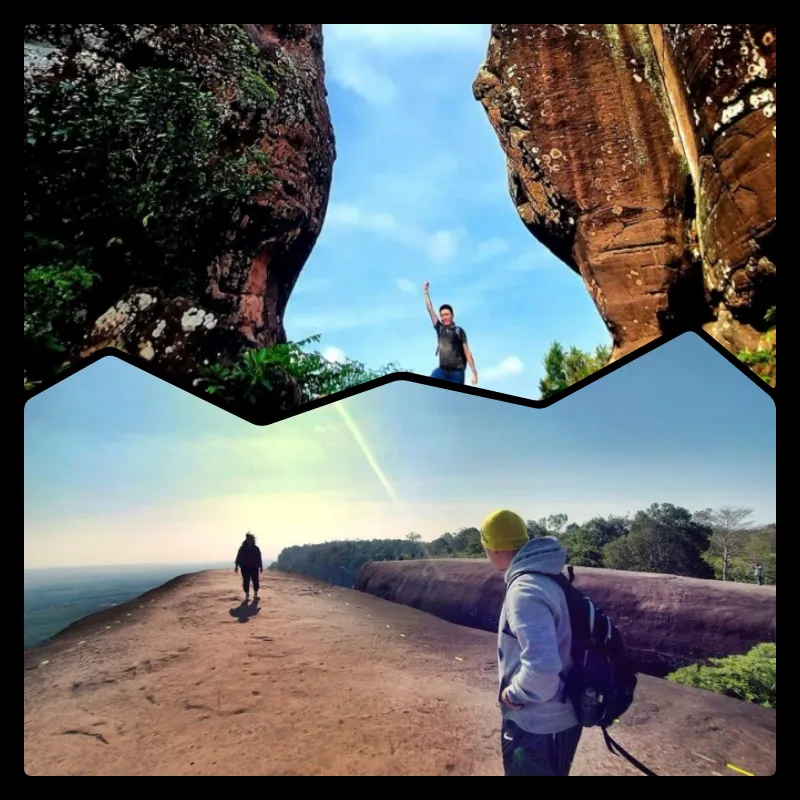
Whale-Shaped Rocks in Thailand Draw Tourists
Hin Sam Wan, three colossal granite rock formations over 75 million years old, attract numerous visitors to northeastern Thailand.
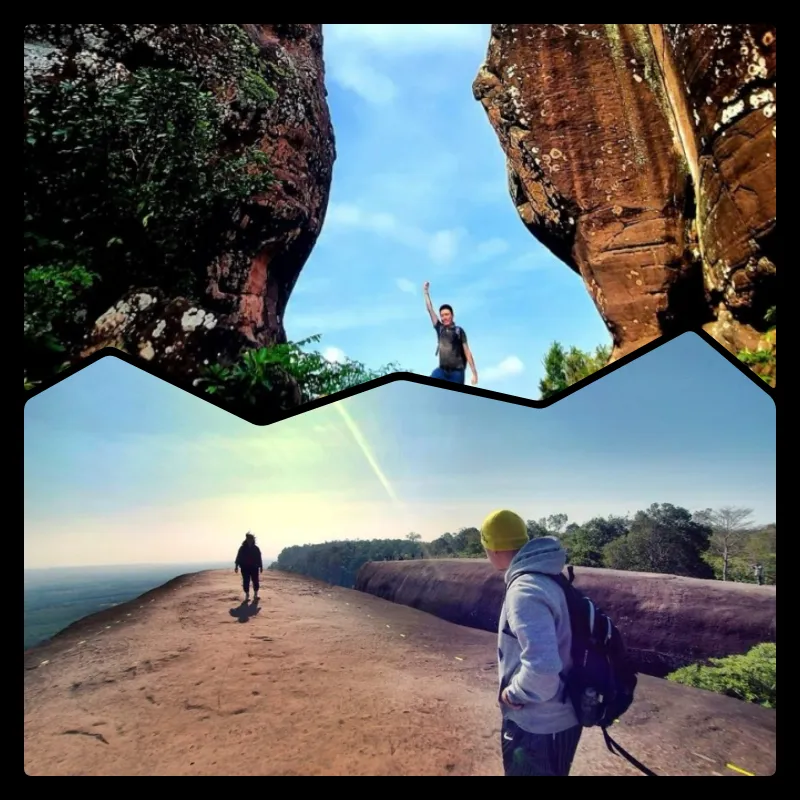
Located in Bueng Kan province, about 750 kilometers northeast of Bangkok, Hin Sam Wan is renowned among international travelers. From a distance, these three giant rocks resemble blue whales, although some say they look like fallen spaceships.
One of the most popular experiences for visitors, including Malaysian traveler Lesile Tan, who visited late last year, is watching the sunrise from the “whales’ backs.” From the top of these “whales,” tourists can see the Mekong River and the mountains of Laos’ Pakkading district.
National Geographic suggests spending a full day at the Whale Rocks to enjoy both the sunrise and sunset. According to local legend, this area was once home to three whales, regarded as guardian spirits by the local people. One day, these divine whales swam close to fishermen’s boats and got caught in their nets. The fishermen, upon realizing this, cut the nets to free the whales. The whales then disappeared into the sea and never returned.
The three large rocks were named Hin Sam Wan, meaning “Three Whale Rocks,” in honor of these guardian whales. Today, these rocks remain revered by the local community.
Nearby, the Whale Rock area features a community museum for those interested in the culture of the Isan people. The Isan community, numbering around 22 million, primarily resides in northeastern Thailand and Laos and has its own unique language. The museum includes a house built in the traditional Isan architectural style, a market, and an area dedicated to street art featuring unique images of Naga, the serpent deity and protector of the Mekong River. Local artisans and craftsmen often sell their goods at the market on Saturdays.
Another popular spot near Hin Sam Wan is Phu Sing Gate, which leads to two other scenic viewpoints: Sang Roi Bor and Sam Phan Bok in Ubon Ratchathani province. This area is known for its shallow holes in the ground, and visitors can walk around and explore them. Near Phu Sing Gate is Luang Pho Phra Sing, a golden Buddha statue perched on a rocky pedestal. Close by is a temple open to visitors all day, featuring a room dedicated to Isan Buddhist crafts that depict the journey from life to death.
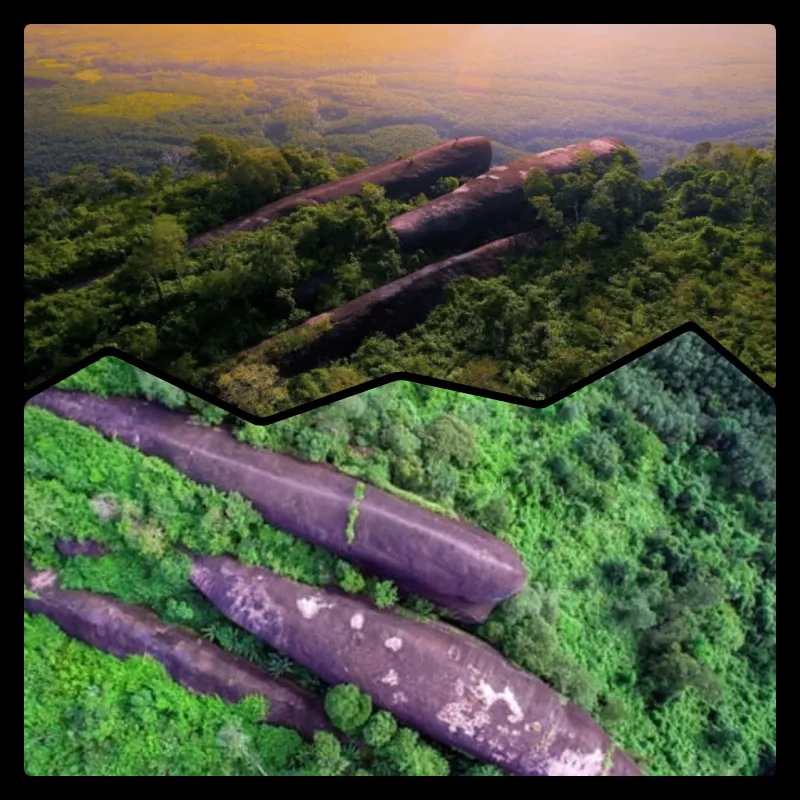
Julie Hambleton, a Canadian travel blogger, suggests taking a car from Phu Sing Park for 500 baht (about $14 USD) round trip, as the roads can be dangerous for drivers unfamiliar with the terrain. The vehicle can carry up to 10 people, allowing visitors to share the cost with others. It’s important to exit the forest before 5 p.m. since the trails are long, muddy, and night falls quickly during the rainy season.
